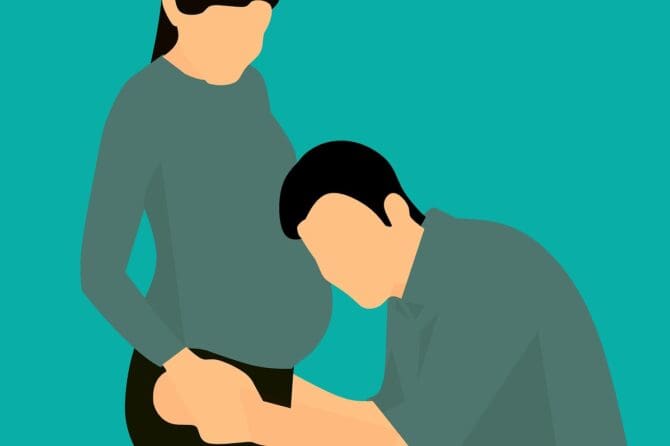The pain in the ovary can be either an isolated incident or a severe problem that may indicate a more serious underlying condition. Pregnant women and women who are trying to get pregnant should always talk to their doctor about any pain they have, so they can get the best possible treatment.
Women who want to conceive should have a preconception checkup with her doctor before getting pregnant. They are expected to inform the doctor about any pain that may face, and in particular, any pain in the lower abdomen and pelvic area during their visit.
It’s a common problem for women to experience severe pain on one side of the ovary during ovulation. This pain is usually short-lived and occurs in the middle of the cycle. However, some women do take medication to alleviate the discomfort.
Dysmenorrhea, commonly known as period pain, is a type of pain that women experience during ovulation. It can be very severe and require medication such as painkillers or hormonal contraceptives to ease the symptoms.
If you experience pain in your pelvic region unexpectedly, this could be a sign of infection. Bacteria can play a role in reproductive organs just as it does in other parts of the body. An infection near the ovary can also cause pain. If the infection is present in the ovary, it can lead to sores and, if left untreated, infertility.
Pregnant women may feel pains and aches that they didn’t feel before due to earlier undiagnosed troubles like PCOS or other serious issues.
So, if you’re pregnant, and you feel any pain in your pelvic region, vaginal area, ovaries, or lower abdomen, you should see your doctor immediately. This is especially important if you’re in your first trimester, and you have pain in your ovary, as it could be a sign of impulsive abortion, septic abortion, ectopic pregnancy, or uterine fibroid, so.
After a few months of pregnancy, you may start to experience pelvic pain, which is caused by the stretching of the ligaments around the uterus. This will in turn affect the entire area surrounding the uterus.
Women who have had a c-section will develop adhesions close to the scar tissue. This may cause pain in the abdomen during the growth of the baby and may be mistaken for ovarian pain.
Other potential causes of ovary pain during pregnancy include constipation, kidney stones, appendicitis, and infection or disease in the gall bladder.











